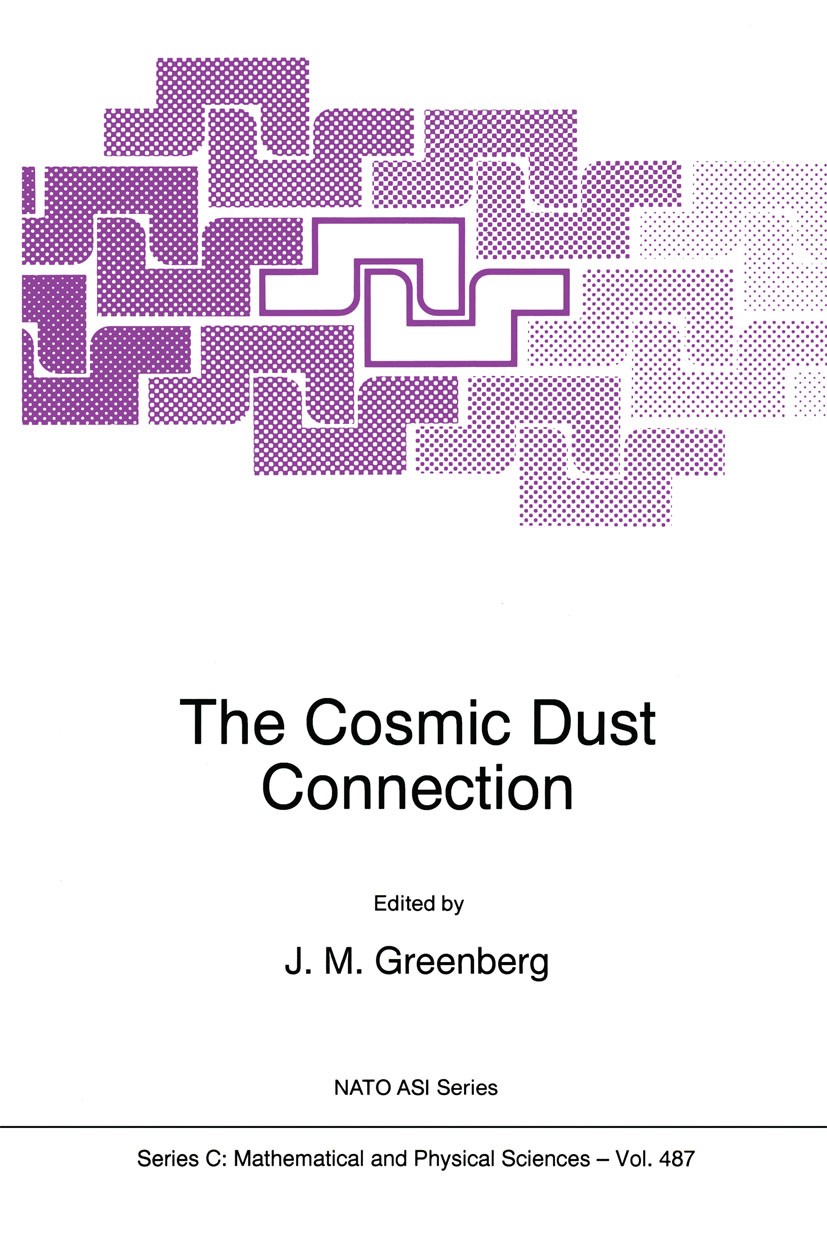| 书目名称 | The Cosmic Dust Connection |
| 编辑 | J. Mayo Greenberg |
| 视频video | http://file.papertrans.cn/907/906837/906837.mp4 |
| 丛书名称 | Nato Science Series C: |
| 图书封面 |  |
| 描述 | Solid particles are followed from their creation through theirevolution in the Galaxy to their participation in the formation ofsolar systems like our own, these being now clearly deduced fromobservations by the Hubble Space Telescope as well as by IR and visualobservations of protostellar disks, like that of the famous BetaPictoris object. The most recent observational, laboratory andtheoretical methods are examined in detail. In our own solar system,studies of meteorites, comets and comet dust reveal many features thatfollow directly from the interstellar dust from which they formed. Theproperties of interstellar dust provide possible keys to its origin incomets and asteroids and its ultimate origin in the early solarsystem. But this is a continuing story: what happens to the solidparticles in space after they emerge from stellar sources hasimportant scientific consequences since it ultimately bears on our ownorigins - the origins of solar systems and, especially, of ourown earth and life in the universe. |
| 出版日期 | Book 1996 |
| 关键词 | Galaxy; asteroid; earth; galaxies; planet; solar system; spectroscopy; stellar; telescope; universe |
| 版次 | 1 |
| doi | https://doi.org/10.1007/978-94-011-5652-3 |
| isbn_softcover | 978-94-010-6384-5 |
| isbn_ebook | 978-94-011-5652-3Series ISSN 1389-2185 |
| issn_series | 1389-2185 |
| copyright | Springer Science+Business Media Dordrecht 1996 |
 |Archiver|手机版|小黑屋|
派博传思国际
( 京公网安备110108008328)
GMT+8, 2025-11-13 22:14
|Archiver|手机版|小黑屋|
派博传思国际
( 京公网安备110108008328)
GMT+8, 2025-11-13 22:14


